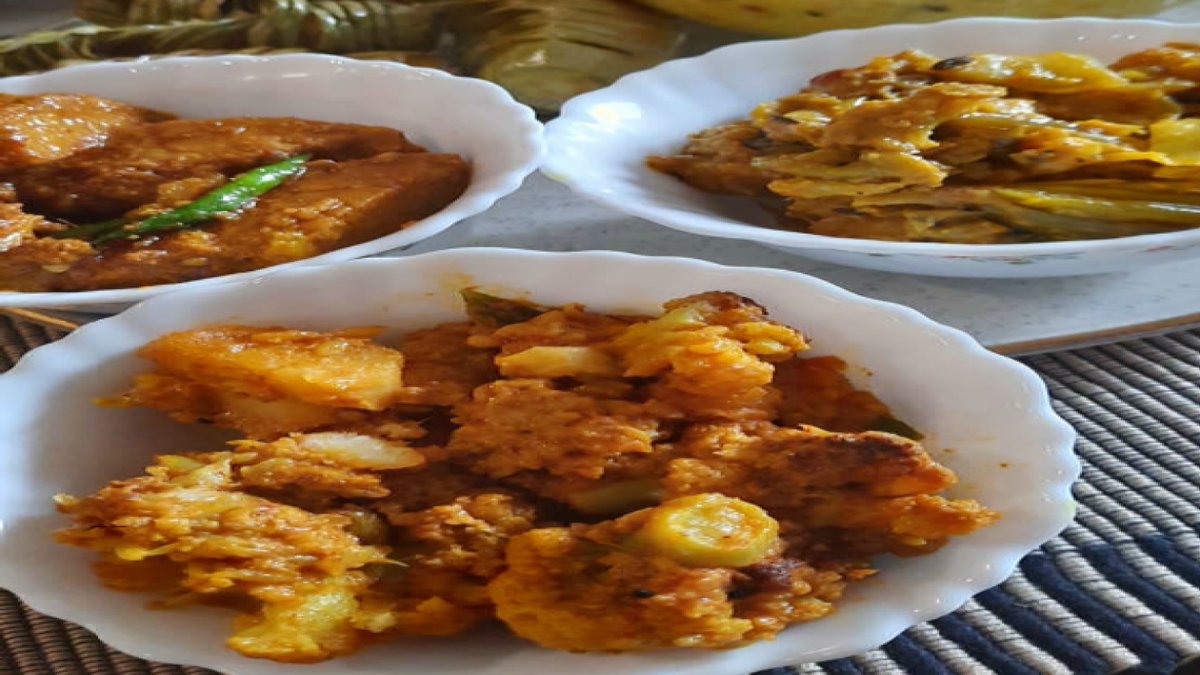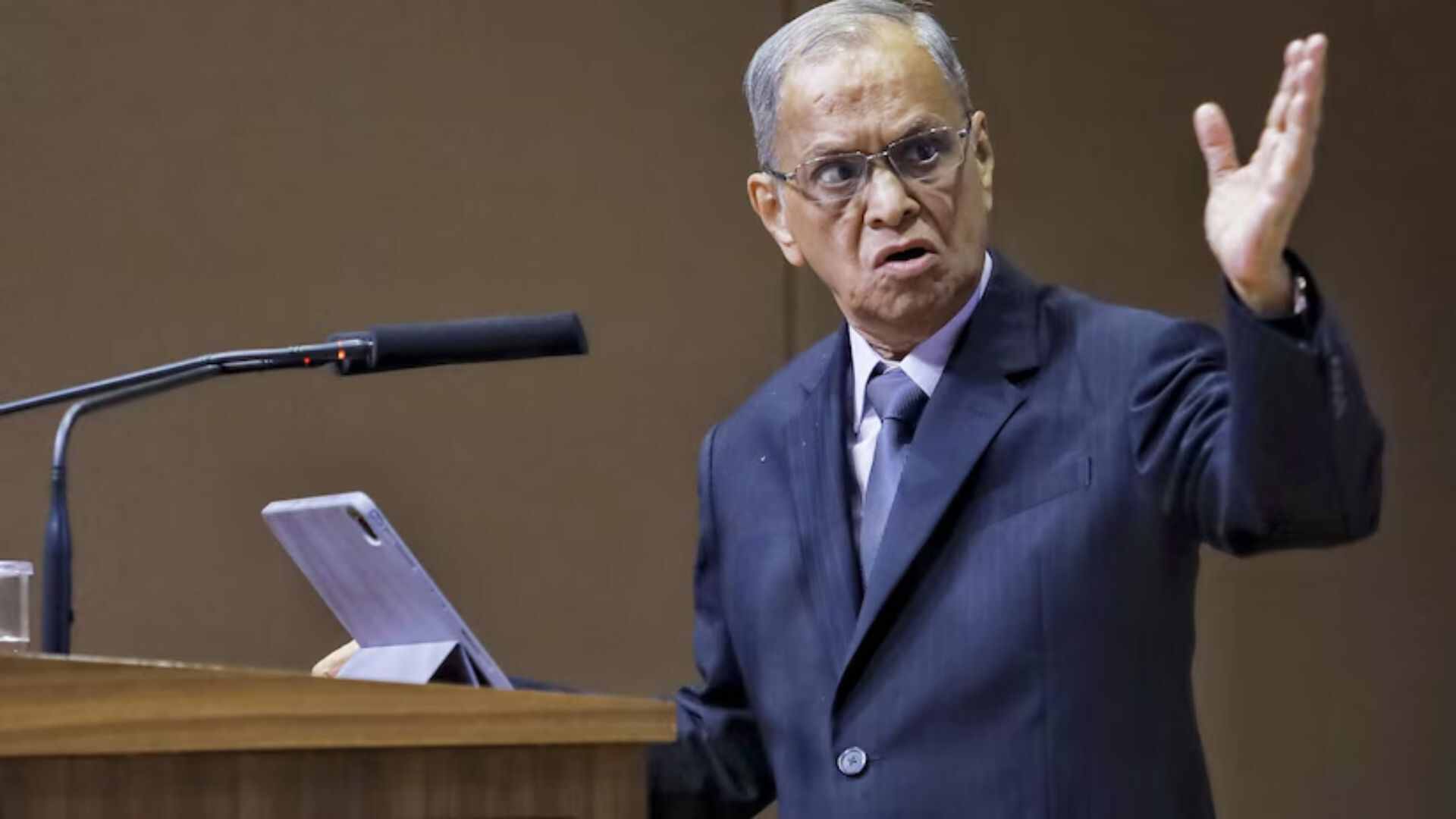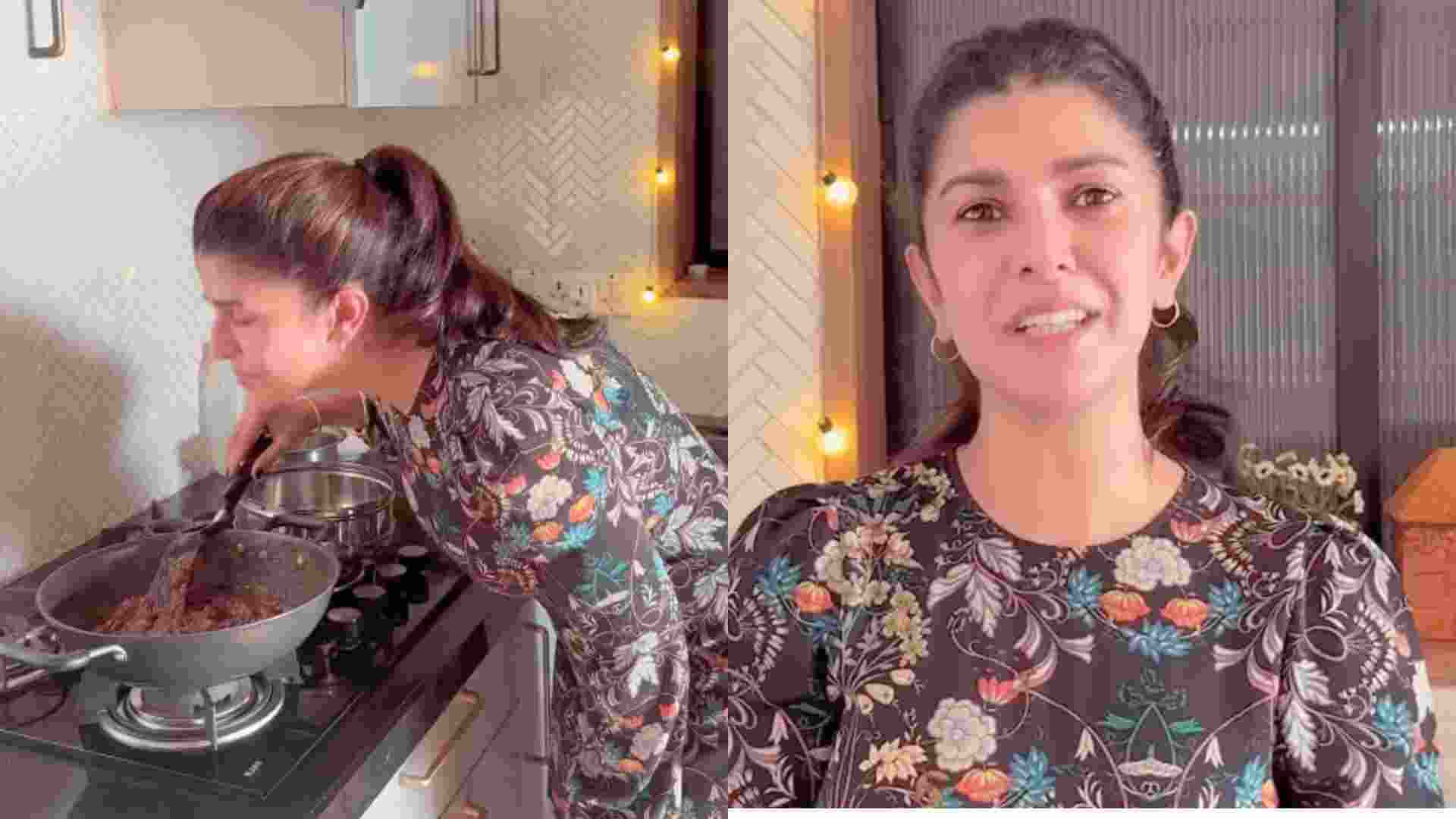
It’s heartening to see the number of home chefs growing, especially since the lockdown inspired just about every talented cook in our city to take to serious cooking, and for some, the next step was to turn entrepreneurial. One such food enterprise born out of the pandemic was Gusto by Sanhita, which home delivers community-specific meals, say, a Bangla spread for the Pujas or an East Indian menu to usher in the Christmas season. The one-woman show behind Gusto is Samhita Dasgupta Sensarma, who was a full-time corporate lawyer till the lockdown happened and she discovered that she found cooking to be more exciting than applying the legal tooth comb to mergers-and-acquisition documents.
I chanced upon this news on Facebook, so, although the Pujas were over, I asked Sanhita to send over a typically festive fare. Sanhita selected a Khichuri, Patoler Accordion Bhaja (accordion-shaped fried whole pointed gourds with slits), a classical Labra (melange of seasonal vegetables cooked with paanch phoron in mustard oil), a tangy Aloo Kopir Ghonto (cauliflower florets and potatoes cooked with garam masala and mustard oil) and an unbeatable Dhokar Dalna (butter-soft split gram fritters cooked in a curry) with Karpurkanti rice fried lightly with zeera and thor (the shoot of a banana plant), rounded off with a delectable duo of kheer (payesh) made with Kaminibhog rice and the Agartala speciality Khirtua (spongy chhena cubes drenched with notun gur-sweetened reduced milk).
Sanhita, having grown up in a Bengali family in Tripura, says her cooking style is a little different from what we like to describe as Bengali cookery. It is closer to the style preferred in Agartala and the neighbouring district of Brahmanberia, Comilla and Dhaka. You cannot talk about Indian food without delving into the sub-regional cuisines. Sanhita would do well to put Tripura’s Bangla cookery on the country’s food map.















